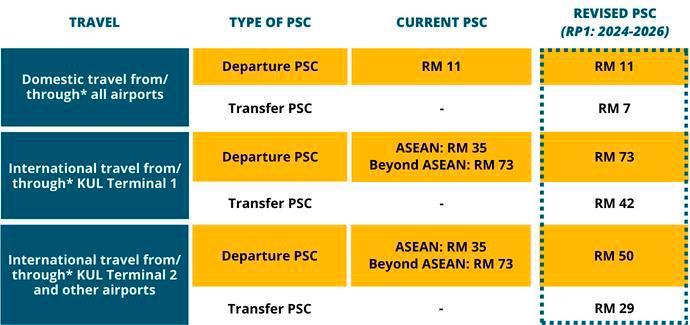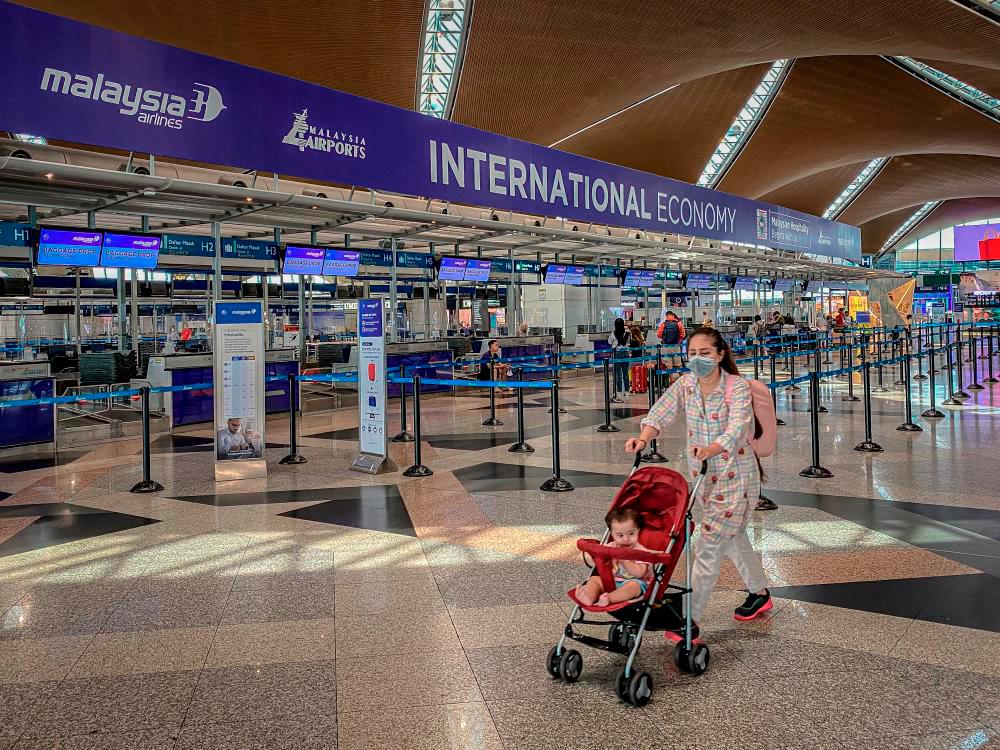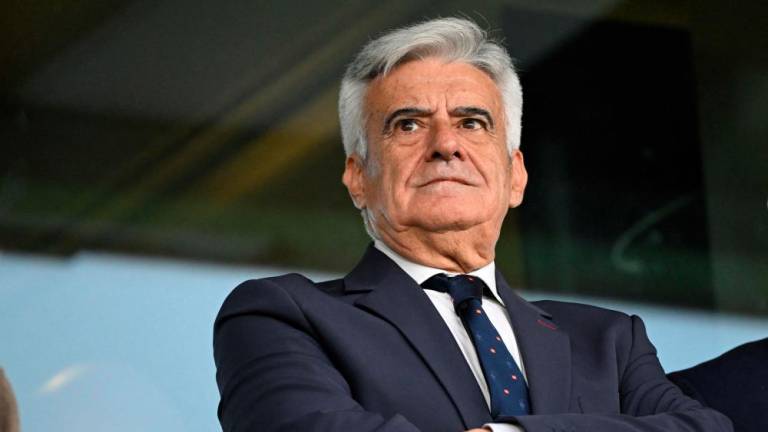KUALA LUMPUR: The Malaysian Aviation Commission (MAVCOM) has announced revisions to the Passenger Service Charges (PSC) for the First Regulatory Period (RP1).
The revised rates will take effect from June 1 to Dec 31 2026 and is designed to support the aviation sector's recovery and adaptability in the post-COVID-19 pandemic environment.
“The implementation of the revised PSC is the cornerstone of our strategy to safeguard consumer welfare, support a sustainable and resilient recovery, and ensure the aviation sector's financial stability while adapting to evolving market conditions.
“The PSC tariff announced today reflects feedback from various stakeholders, aiming to support the industry's long-term viability, recovery, and competitiveness. By prioritising stability, we have introduced measures to ensure that these rates do not burden passengers, thereby invigorating travel demand. Simultaneously, we ensure airport operators maintain financial viability, allowing them future refinancing opportunities at reasonable rates and continued investment in efficient airport infrastructure,” said MAVCOM’s Executive Chairman, Datuk Seri Hj. Saripuddin Hj. Kasim.
The PSC revision was made after a comprehensive and extended consultation process that commenced in 2021.

The following are the main highlights of the newly revised rates:
Passenger benefit:
Domestic PSC retained, ensuring affordability, and spurring local travel:
The Commission maintains the domestic departure PSC at RM11 at all airports except Senai International Airport (JHB)*, acknowledging the crucial role of domestic air travel in connecting Peninsular Malaysia to Sabah and Sarawak.
Lower international PSC at all airports other than KUL Terminal 1:
For KUL Terminal 2 and other airports, which predominantly cater to short-haul flights, the international PSC is set at RM50. This rate is lower than the RM73 charged at KUL Terminal 1. Factors influencing this decision include the higher price elasticity associated with short-haul routes, purchasing behaviours favouring low-cost carrier models, and a more price-sensitive demographic compared to passengers at KUL Terminal 1.
Industry competitiveness and growth:
Single unified International PSC:
With the new PSC rates, the ASEAN and beyond ASEAN PSC have been unified into a single international PSC of RM73 for KUL Terminal 1 and RM50 for KUL Terminal 2, as well as other airports.
The introduction of transfer PSC:
For RP1, the Commission has introduced a transfer PSC at all Malaysian airports. This charge requires transfer passengers to contribute towards the costs of airport infrastructure that they utilise.
PSC at other airports:
MAVCOM has allowed other airports that are not operated by subsidiaries of Malaysia Airports Holdings Berhad (MAHB) [Malaysia Airports (Sepang) Sdn. Bhd. and Malaysia Airports Sdn. Bhd.], namely *JHB, Kerteh Airport (KTE), and Tanjung Manis Airport (TGC), to propose tariffs for RP1 to the Commission. This allowance is based on a market power assessment conducted by the Commission, which determined that these airports either lack market power or the capability to exercise it. Both KTE and TGC have opted to adopt the rates recommended by the Commission.
Meanwhile, JHB has opted to implement a separate rate structure, with the approved rates outlined in the table below.

Other non-PSC ASC adjusted for inflation:
Over the RP1 period, tariffs for aircraft landing and parking, and all other ASCs, including airport pass charges, airside vehicle permits, as well as airside driving permits, will be adjusted to account for inflation.









